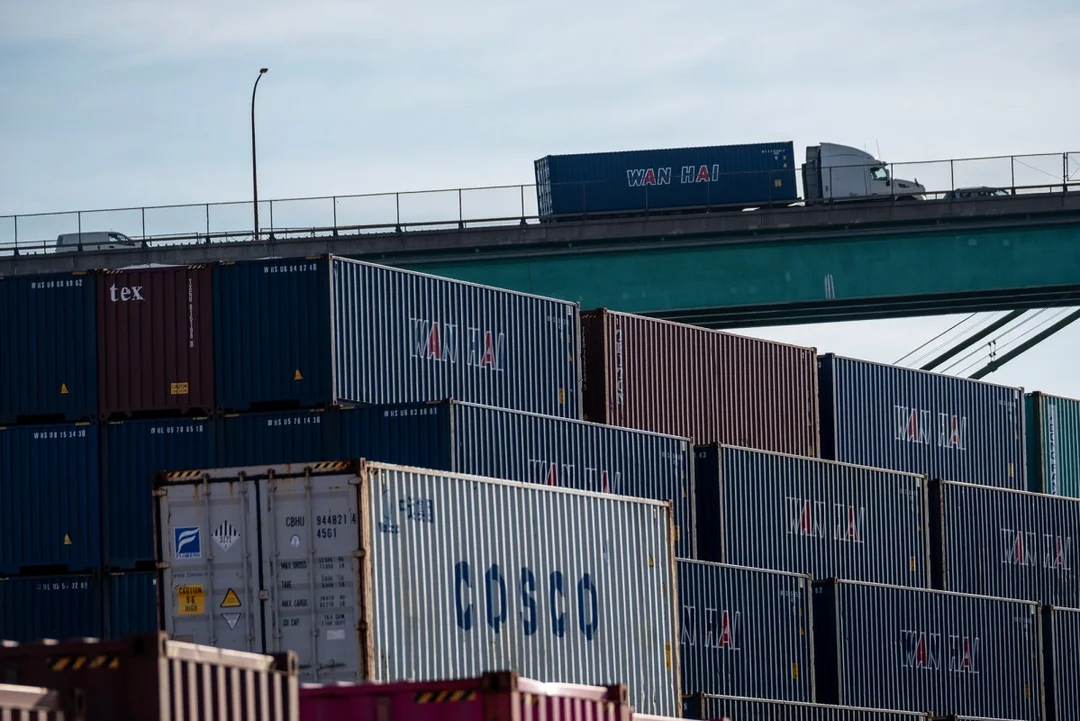
California’s Economic Miracle: Why the Numbers Don’t Add Up?
California has rocketed to the world's fourth-largest economy, surpassing Japan with a GDP exceeding $4.1 trillion. Governor Gavin Newsom proudly declares that the state is 'setting the pace' through investments in innovation and sustainability. But beneath this gleaming success story lies a tangle of contradictions that leave many Californians struggling. Is this economic triumph truly benefiting everyone, or is it masking deeper issues?
At first glance, the numbers are impressive. According to data from the International Monetary Fund and the U.S. Bureau of Economic Analysis, California's economy grew at a robust 6% in 2024, outpacing the U.S. (5.3%), China (2.6%), and Germany (2.9%). Newsom attributes this to the state's leadership in agriculture, manufacturing, and high-tech sectors, which have fueled job creation and attracted record tourism. 'Our economy is thriving because we invest in people,' he stated, emphasizing California's role in powering the nation while warning of threats from federal tariff policies.

However, this growth tells only part of the story. Despite the economic boost, California boasts the nation's third-highest unemployment rate and the highest poverty rate, with over a million residents out of work. A recent analysis highlights a structural deficit in the state budget, where spending has outpaced revenues by 9% annually since 2019 under Newsom's leadership, compared to just 6% revenue growth. This discrepancy, driven by escalating costs in programs like Medi-Cal, has led to chronic multi-billion-dollar shortfalls, forcing reliance on reserves and accounting maneuvers.
Experts point to a paradox: while the state generates extraordinary wealth, everyday Californians face skyrocketing costs for housing, health care, and food. As Aref Aziz, a policy expert, notes, factoring in these expenses drops California's effective ranking to the 11th-largest economy globally, trailing countries like France and the UK where living costs are significantly lower. This affordability crisis is evident in California's leading position in homelessness and high consumer price indices, raising questions about whether GDP is the right measure of success.

The underlying issues stem from structural pressures, including housing shortages and a tax system that burdens working families. Initiatives like Newsom's 'State Economic Blueprint' aim to address this through regional planning and community-focused strategies, drawing inspiration from local successes like Sacramento's Valley Vision program. Yet, without consensus on tackling consumer costs, these efforts may fall short, perpetuating a cycle where economic gains fail to trickle down.
In essence, California's economic ascent highlights the need for balanced growth. While the state continues to innovate and expand, persistent deficits and inequality threaten long-term stability. As projections show India potentially overtaking California by 2026, policymakers must reconcile these disparities to ensure the Golden State's prosperity reaches all corners.